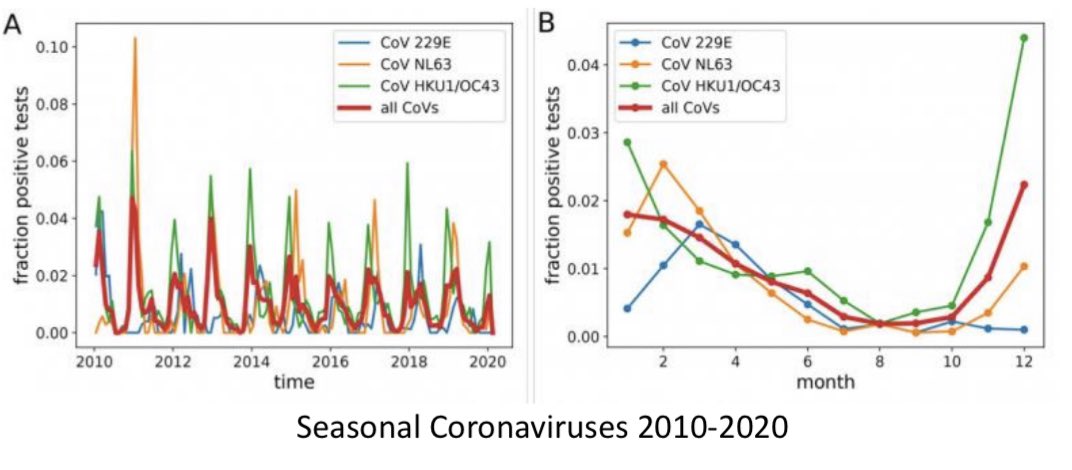
On TTI as a control measure:
Early 2020, we said contact tracing would not control community spread against #COVID19 once cases got high
Yet when cases got high, it was blasphemy to suggest lab PCR+contact tracing not useful to control spread.
Data is now catching up.
1/
Early 2020, we said contact tracing would not control community spread against #COVID19 once cases got high
Yet when cases got high, it was blasphemy to suggest lab PCR+contact tracing not useful to control spread.
Data is now catching up.
1/
https://twitter.com/epi_dude/status/1361992993222389765
The tweet thread above by Denis Nash @epi_dude is terrific and contains lots of wonderful data!
For me, It highlights the need for us to re-evaluate what it is we are doing. When our actions weren't working to slow spread, should we have kept forcing the same actions?
2/x
For me, It highlights the need for us to re-evaluate what it is we are doing. When our actions weren't working to slow spread, should we have kept forcing the same actions?
2/x
I worry that we get into group-think mentality and peer pressure is immense to "stick with the consensus"...
but when consensus is to stick to a failing test-trace-isolate as control, against our own warnings to our future selves... maybe we should've bucked the trend?
3/x
but when consensus is to stick to a failing test-trace-isolate as control, against our own warnings to our future selves... maybe we should've bucked the trend?
3/x
Virus kinetics are FAST for this virus
Peak virus load (and likely peak transmission) is 24-72 hours after first becoming at all PCR detectable
This swift transmission window, coupled w slow lab based PCR means contact tracing to control community spread was bound to fail
4/x
Peak virus load (and likely peak transmission) is 24-72 hours after first becoming at all PCR detectable
This swift transmission window, coupled w slow lab based PCR means contact tracing to control community spread was bound to fail
4/x
Forward contact tracing is good for some things, like identifying others around you who may have been infected but it is very unlikely to stop community spread.
I wrote about this in a thread based on a nice paper back in November.
5/x
I wrote about this in a thread based on a nice paper back in November.
https://twitter.com/michaelmina_lab/status/1323551118320930816?s=20
5/x
When cases get very low, then contact tracing can start to work again, particularly backwards contact tracing, to help contain an outbreak.
But I wish we had shifted course long ago, placed less emphasis on lab PCR+contact tracing and more on widesclae rapid tests...
6/x
But I wish we had shifted course long ago, placed less emphasis on lab PCR+contact tracing and more on widesclae rapid tests...
6/x
Widescale rapid testing can remove need for contact tracing from the equation.
If 50% of a community is already testing frequently (2x/week), then enough people will find out if they were infected and isolate far before a contact tracer would have gotten to them.
7/x
If 50% of a community is already testing frequently (2x/week), then enough people will find out if they were infected and isolate far before a contact tracer would have gotten to them.
7/x
The swift window for transmission means that frequent use of rapid tests that give immediate results is very likely to be a major advance over infrequent laboratory based PCR. The latter simply didn't work. It's great for clinical medicine -but it's not a public health test
8/
8/
• • •
Missing some Tweet in this thread? You can try to
force a refresh




